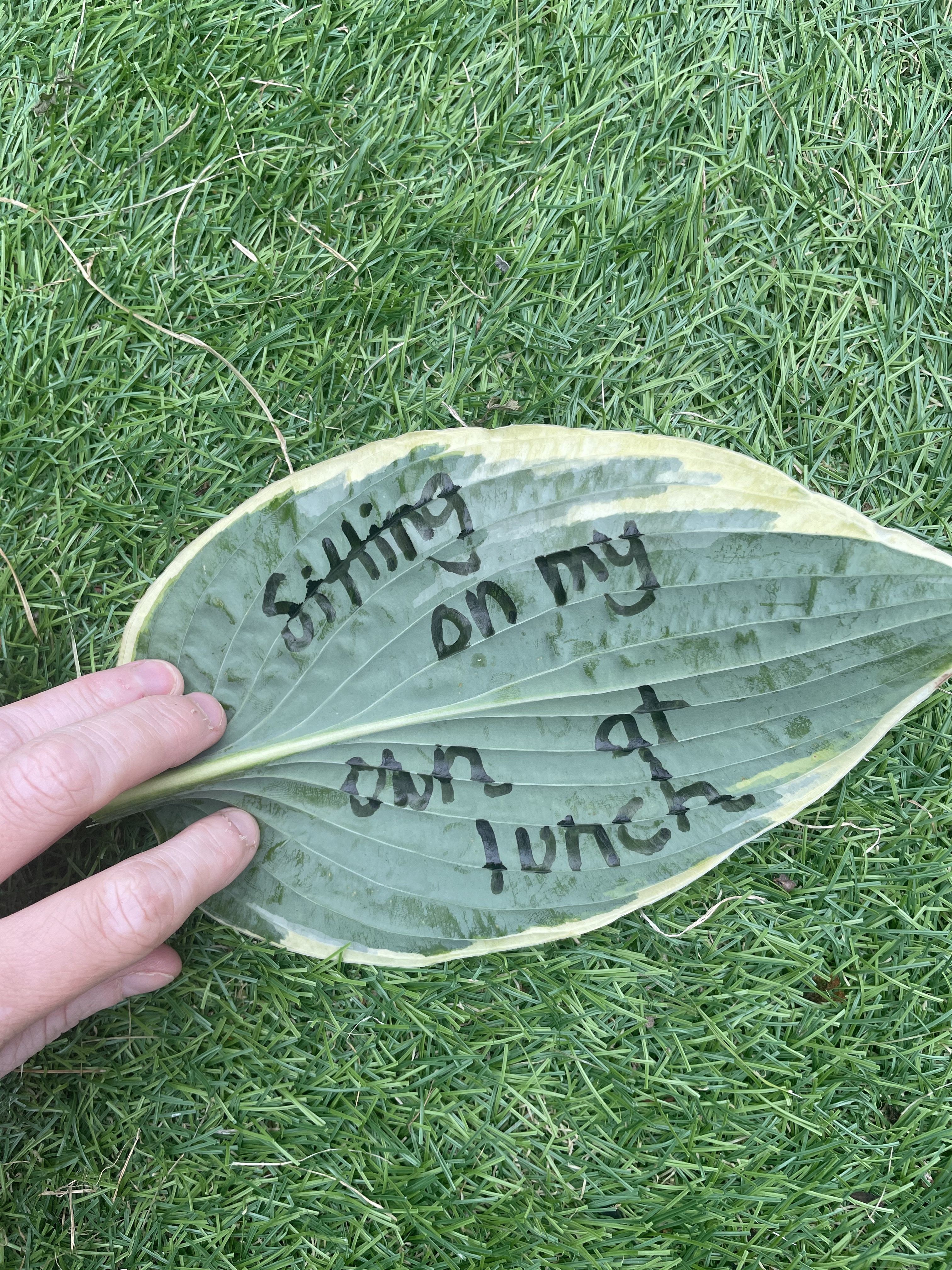Five Outdoor Wellbeing Ideas for Kids
Going outdoors and being in nature is proven to be beneficial for all of our wellbeing. Nature gives off happy chemicals that can improve our moods, plus we are more physical when we go outdoors and all of that can turn a frown upside down and open us all up. Autumn is one of my favourite months. The colours, textures and crisp air can benefit how you can take the learning outside.
Here are some Muddy Top Tips to help get the most out of your outdoor time:
1. Mood Leaves
Collect up some colourful autumnal leaves and hand out marker pens. Warm-up by asking the children to draw different faces on the leaves to represent different moods and feelings. Does your face always look like a frown when you are sad? Maybe it’s the frown in our heads that can show this or sadness in our eyes. Work with a partner and see how different your sad face can be from your friends. Once they have thought about and created a range of mood leaves, ask them to choose the mood their feeling today.
2. Clearing Cloudy Minds
You sometimes get that sense as a teacher that the class is not settling, which could be because of many factors at home and in school. It is that feeling that you know when you need to press the big, red reset button. Clearing Cloudy Minds is the exact method you need to use to do this, and it’s simple! Take the children outside and invite them to all lay on their backs and look up to the sky. Allow some chatter, then ask for some quiet so the children can relax, clear their minds, and focus only on the clouds. Ask the children to think about how they move, what they look like and their soft, pure colours. Do this for as long as you need to and discuss how the children felt after.
3. Feely leaves
Anxiety can be very physical for some children, it can make you a lot more fidgety than in a relaxed state. Moving those anxieties from your body onto something else can often be a very physical representation to help children have a method to help them relax. Again it is a simple one! Ask the children to find some leaves and find a spot somewhere in your grounds they feel comfortable. Then, ask the children to feel the leaves rub them between their hands, tear them up, and play with them. Be sure to get fallen leaves on the floor. Do any of the children feel better for doing this? If the children feel ready, gather them up and discuss anxiety or what it is like to feel anxious, how we can calm ourselves with objects such as feely leaves? Who should we tell when we feel like this?
4. Soothing Stones
Nature has so many exciting textures, and it’s natural for children to explore natural items first through touch. However, it can also calm and relax children to have something tangible in their hands, to help them open up and discuss matters that mean a lot to them. River pebbles are a great resource to have in the classroom. They’re smooth and cold, and their weight can be therapeutic. Invite the children to stand or sit in outside space and offer them a river pebble. Then discuss something you want to talk to the children, such as talking positively to one another and what words can make us feel confident about ourselves and others.
5. Worry Leaves
A worry is a naughty giggle, a naughty niggle we do not always need in our minds. Ask the children first to find a leaf, one that looks mischievous. Invite the children to form a circle. Some children may not need to do this as they do not worry, but they could role-play it. The naughty niggle is now on the cheeky leaf; blow it away in the wind. Ask the children to tear the leaf into tiny pieces and then let that worry fly away, out of our minds and into the wind. For some children, one session will help them gain a method to take worries away. Others may need this session to repeat several times before they grasp the concept of removing the baggage worrying can have on us sometimes.


